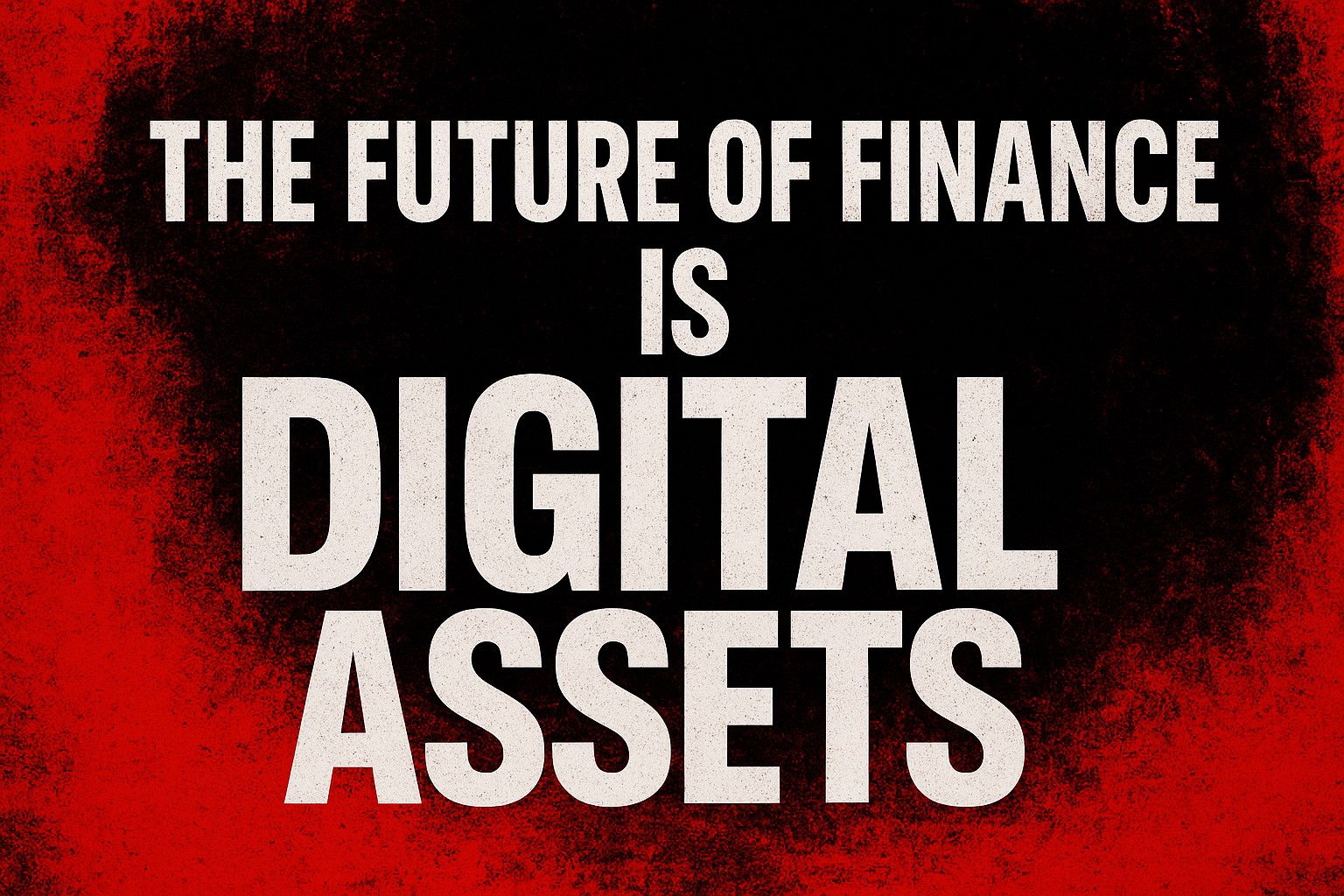You might not like it, understand it, or feel ready for it—but the way money works is changing. Not just in theory. Not someday. Now.
And this shift isn’t coming with flashing neon signs or grand announcements. It’s happening in the background, like software updates running silently while you scroll. The headlines still scream “crypto crash” or “scam alert,” but while most people are distracted by noise, the world’s largest financial institutions are moving full speed ahead into digital assets.
If you’ve been shrugging off crypto or digital finance because it sounds too complex, speculative, or risky—understand this: it’s already becoming normal, useful, and simple. And if you’re not paying attention, you’re setting yourself up to be locked out of the future of money.
Let’s break it down.
1. The “Wild West” is becoming Wall Street
Digital assets are no longer fringe tech experiments run by hoodie-wearing coders. They’re being adopted, regulated, and legitimized by the same institutions that manage your 401(k) and issue your mortgage.
BlackRock, Fidelity, and other investment giants now offer Bitcoin ETFs, making it possible to buy crypto through the same brokerage accounts people already use for stocks. In fact, BlackRock’s IBIT became the fastest ETF in history to hit $10 billion in assets—yes, faster than gold.
If that doesn’t make you pause, you’re not paying attention.
Governments are also waking up. Laws like the proposed GENIUS Act aim to regulate stablecoins—digital dollars that don’t swing wildly in value like Bitcoin—making them safe enough for everyday use. Behind the scenes, countries are racing to build regulatory frameworks to remain competitive in what’s shaping up to be the next era of global finance.
Even traditional banks are exploring crypto custody, meaning you’ll be able to hold Bitcoin with the same institution where your checking account lives. That’s not “Wild West.” That’s integration.
2. This isn’t about investing. It’s about everyday use.
Most people think crypto is only for risky investors or tech bros. But digital assets are solving real problems, right now, for regular people.
- Need to send money abroad? A stablecoin transfer takes minutes and costs pennies. No wire transfer fees. No middlemen. No waiting three days.
- Live in a country with inflation? In places like Argentina, families are using stablecoins as digital lifeboats to store value when their national currencies crumble.
- Lack access to a bank? With nothing but a smartphone, millions of unbanked people are accessing digital wallets and stepping into the global economy for the first time.
This isn’t a Silicon Valley fantasy. It’s happening in Latin America, Africa, Southeast Asia—today.
Digital assets are becoming the core of what some call the Internet of Value—a borderless, always-on system where money, property, and ownership flow as easily as emails.
3. It’s getting simpler by design
Remember when using the internet required coding knowledge or navigating clunky dial-up connections? Most people didn’t get online until someone made it easy. That’s where digital finance is right now.
- You can already buy Bitcoin or Ethereum through ETFs, retirement accounts, or robo-advisors without touching a crypto exchange.
- Crypto rewards cards let you earn digital assets the same way you earn airline miles.
- Surveys show over half of Americans would consider crypto if they could hold it at their regular bank. That’s not a dream—it’s already being piloted.
Meanwhile, financial firms are flooding the zone with simplified tools and educational content. Not because they’re being charitable—because they know where the future is headed, and they want your money to follow.
The Bottom Line: This Isn’t a Choice. It’s a Timeline.
The transformation isn’t coming. It’s underway.
This isn’t about being a “crypto believer.” It’s about understanding that the way we store, send, and secure value is being upgraded. Quietly. Systematically. Permanently.
And just like the early internet, those who recognize what’s happening early will benefit the most. Those who wait for “proof” or government-issued permission slips will find themselves on the outside, asking the same question millions did when the old world shifted:
Why didn’t I pay attention when it still mattered?
You don’t have to know everything. But you need to know this much: the old map of money is being redrawn—and digital assets are the ink.
Get informed. Get positioned. Or get left behind.


Add your first comment to this post